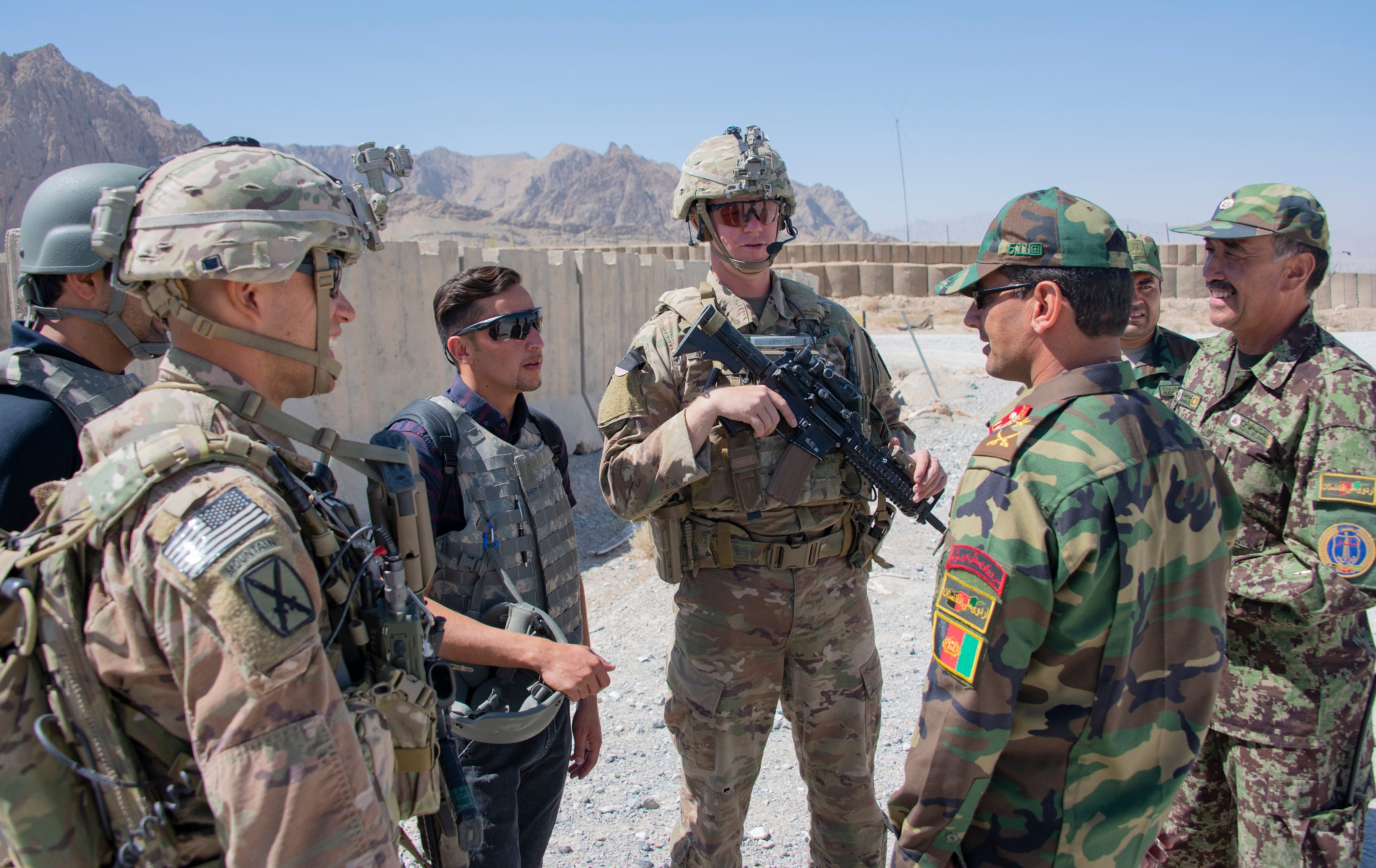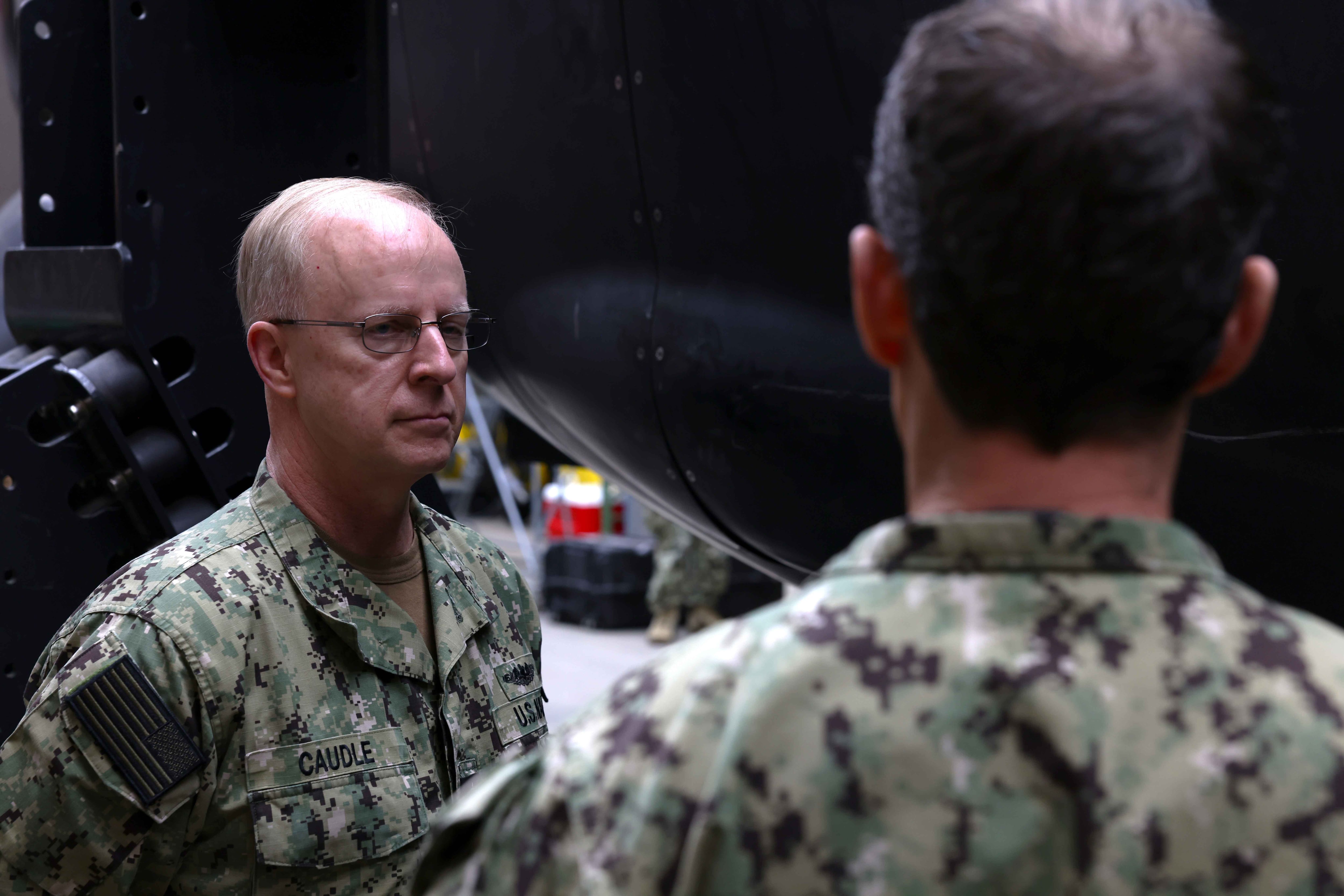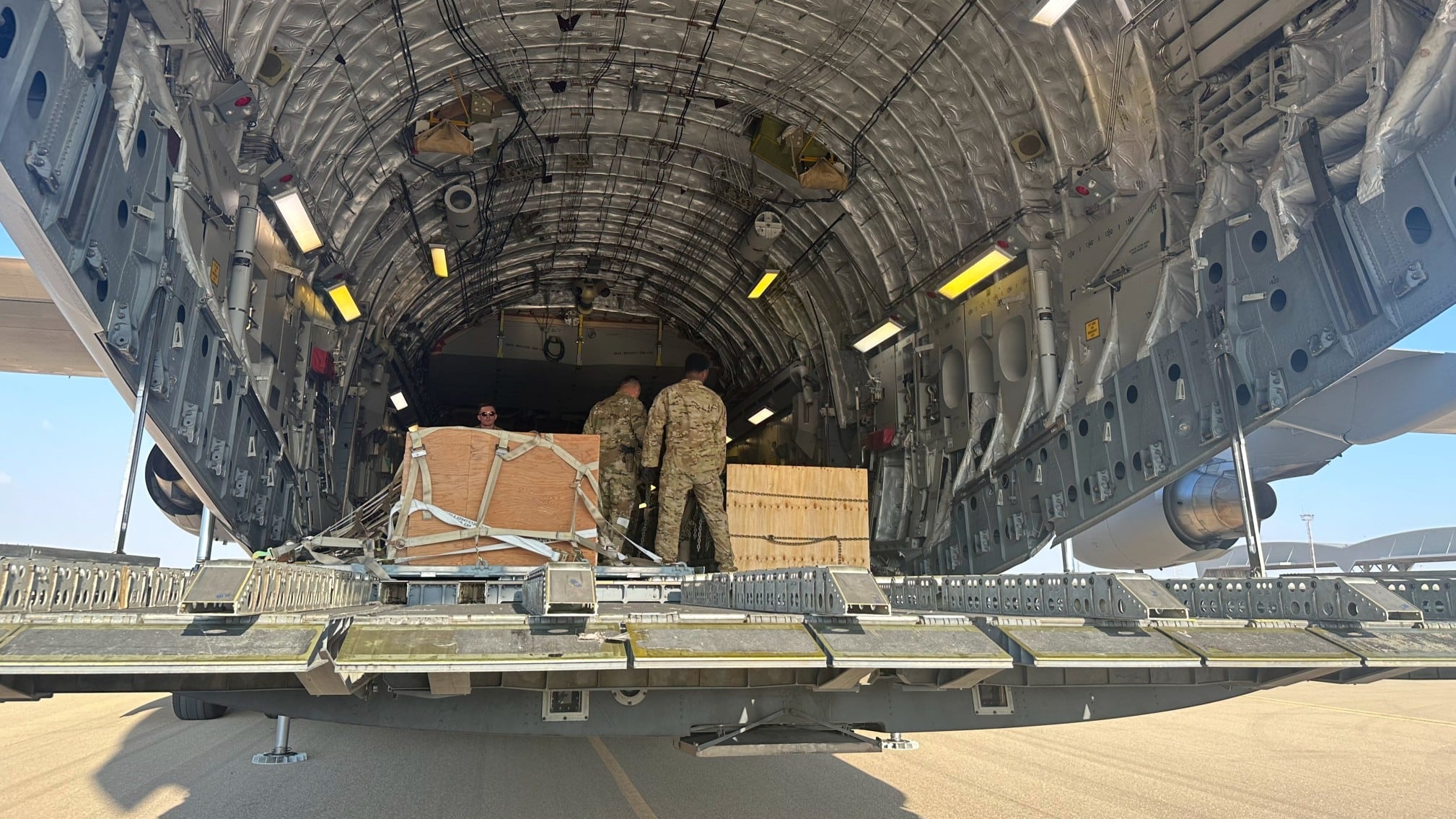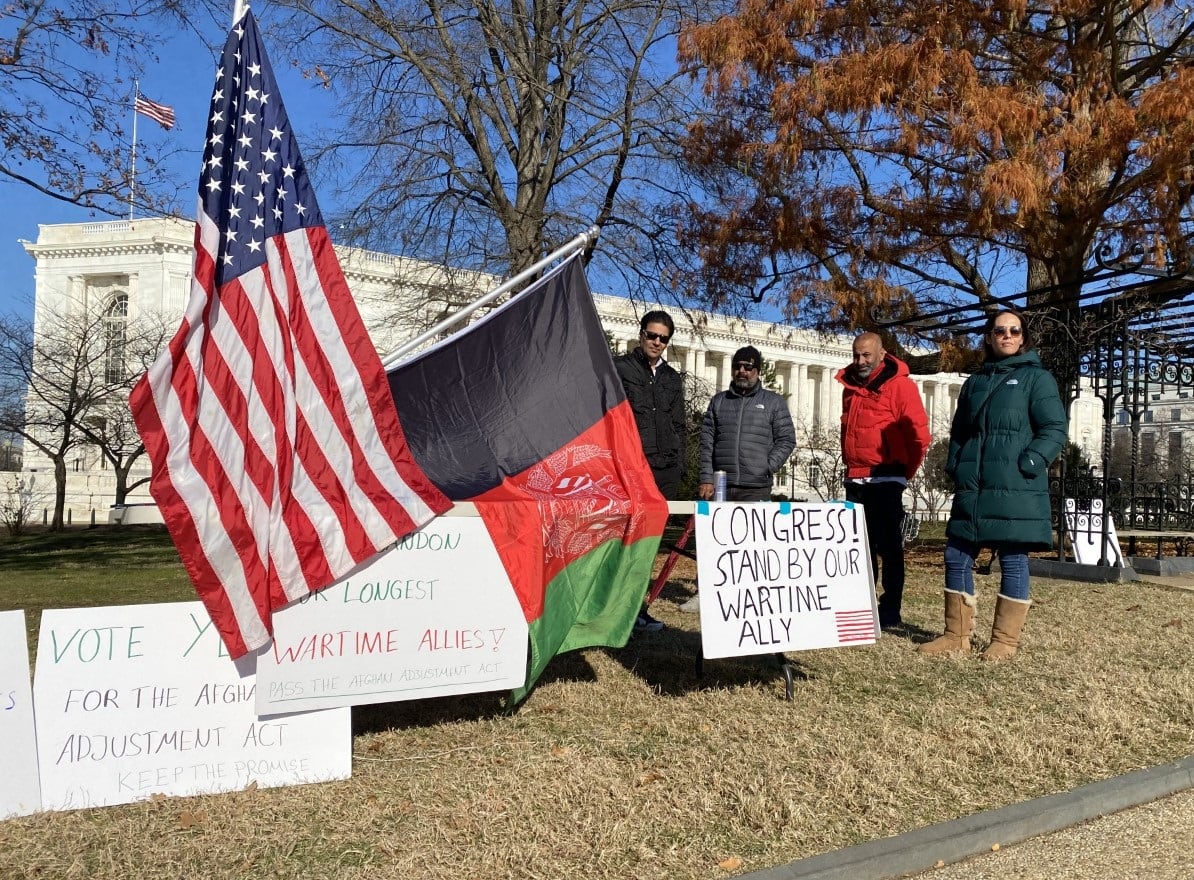The U.S. military spent two decades trying to build an Afghan army that could stand on its own, all the while keeping an eye on the clock, with successive U.S. presidents signaling they wanted out. That resulted in 20 years of short-term thinking, and an Afghan army that still needed massive day-to-day operational and logistics support, according to the latest report from the Special Inspector General for Afghanistan Reconstruction.
When U.S. troops were ordered to exit, the house of cards collapsed.
“Bush, Obama, Trump and then Biden.... Nobody wanted to be in Afghanistan and nobody wanted to stay,” said John Sopko, the head of the Special Inspector General for Afghanistan Reconstruction office, during a Defense Writers Group event Tuesday. That created an environment where new generals, or ambassadors, would tell their organizations that the effort wouldn’t last much longer, so the goal was to make what progress they could within the next year, two years, and move on.
That meant there was no long-term strategy or plan to build a self-sufficient Afghan National Defense and Security Force in Afghanistan, according to Sopko.
“We basically had 20 one-year plans, or 10 two-year plans,” he told reporters.
The latest SIGAR report is intended as a guide and cautionary tale for future U.S. administrations considering taking another country by force, to impose democracy, or even create stability. But he said the Defense Department hasn’t been cooperating with his team, ostensibly because they are working on their own lessons-learned report, but highlighting a defensive response to a painful chapter for the U.S. military.
“The American people, and Congress, have a right to know what happened ― what worked, what didn’t ― so we don’t do the same mistakes again,” Sopko said.
Sopko’s investigators found that two decades at war played out mostly in nine-month U.S. troop deployments to train, advise and assist Afghan security forces, which turned brigade and division headquarters elements into ad-hoc trainers.
“Advisors were often poorly trained and inexperienced for their mission,” the report found.
The trainers got “limited or no pre-deployment and in-theater training,” and the frequent rotations of U.S. troops meant there were seldom thorough handovers from outcoming to incoming teams. For the Afghans, it was difficult to keep track of an ever-rotating cast of new American trainers, who often had little knowledge of what had been taught before they arrived.
RELATED
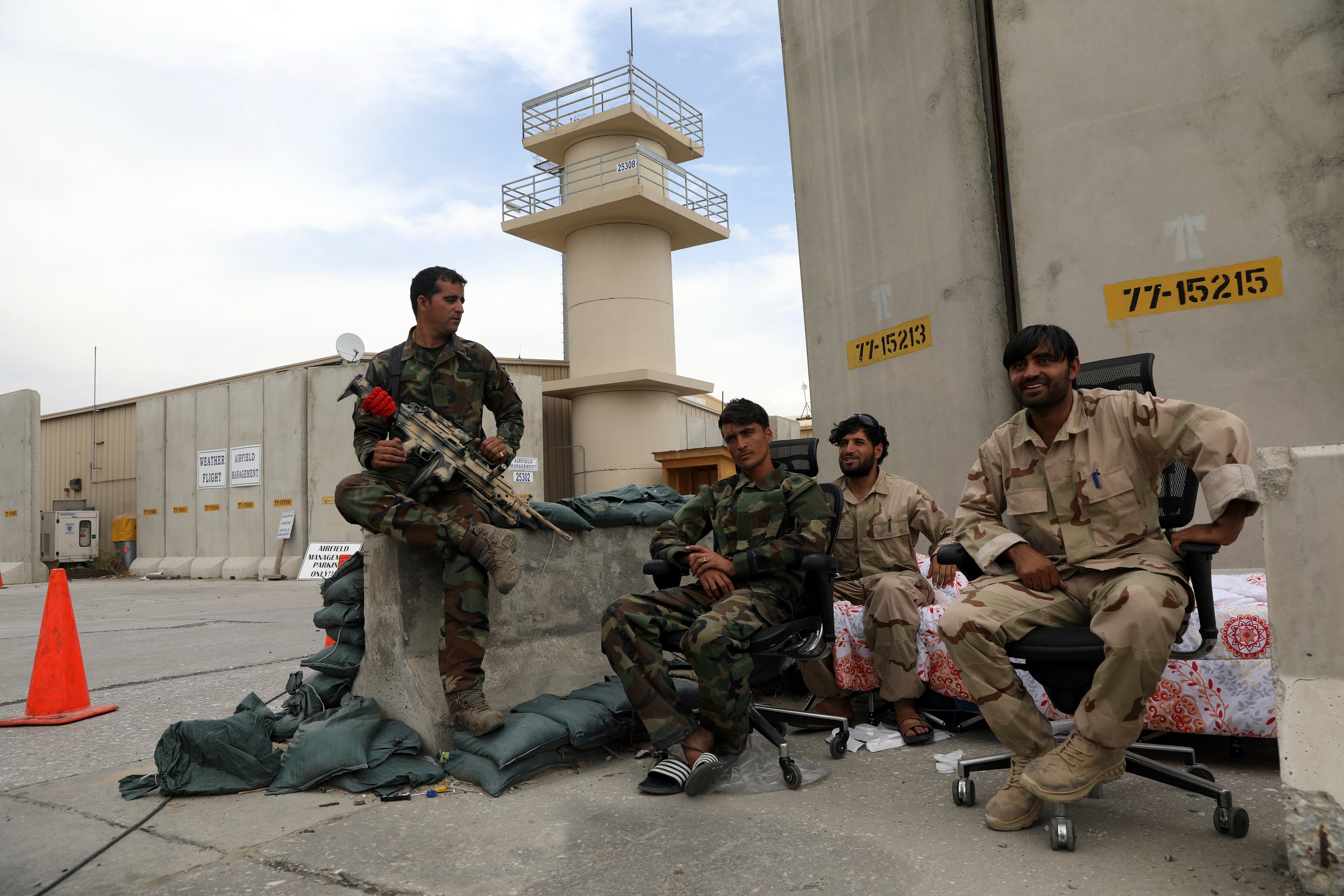
The churn created what Sopko likened to an “annual lobotomy” where yet another U.S. unit would come to train its Afghan partners on the same small arms tactics the last group of Americans taught them. That also had the unintended effect of keeping Afghan forces at a junior level while the U.S. forces stepped in for the tougher tasks.
“Knowing that the Afghans couldn’t be trained fast enough to provide security, we did the missions for them,” Sopko said. “A lot of good Afghan soldiers did learn, and died in the process of fighting, but we basically put our thumb on the scale to show success so we could get out.”
In 2015, after the U.S. ended its combat mission and transitioned fully to a training mission, that operational support still continued, and perhaps taken for granted. For example, the U.S. helped the Afghans retake Kunduz, which the Taliban had managed to seize and hold for 15 days, the first time the militants had held a provincial capital since 2001. It was a similar story in Ghazni city in 2018.
“From President Ghani’s point of view, those events indicated that when provincial centers were threatened, the U.S. military would step in to stave off disaster,” the report said.
The U.S. Army decided to professionalize the training mission, sending its first Security Force Assistance Brigade to Afghanistan in 2018, which helped some, but not enough, according to Sopko.
“That approach worked a little bit,” Sopko said. “Problem was, we never fulfilled the mandate. Those those units weren’t fully staffed, and they didn’t stay long enough.”
Rather than assign U.S. trainers to small units, the Americans were embedded at the Afghan “kandak” level ― similar to a U.S. battalion ― and not able to make much progress with the small units doing the day-to-day security operations.
Another issue was the insistence on creating an Afghan military in the image of the U.S., with a strong noncommission officer corps, something of which Afghans had no institutional understanding.
The U.S. also insisted on supplying the Afghans with U.S. equipment, rather than the Russian military equipment they’d been using for decades, which set them back 20 or 30 years, Sopko said.
That also meant U.S. contractors had to maintain the equipment, as in the UH-60 Black Hawk helicopters provided to the Afghans. U.S. defense officials were still trying to decide how that maintenance would continue when the Biden Administration ordered the withdrawal. When U.S. personnel were pulled out, there were no Afghans trained to keep those airframes running.
So has the U.S. learned its lesson? Unlikely, Sopko said, pointing to the Pentagon’s refusal to cooperate with his investigation. “I’m not super optimistic that we are going to learn our lessons.”
Meghann Myers is the Pentagon bureau chief at Military Times. She covers operations, policy, personnel, leadership and other issues affecting service members.
